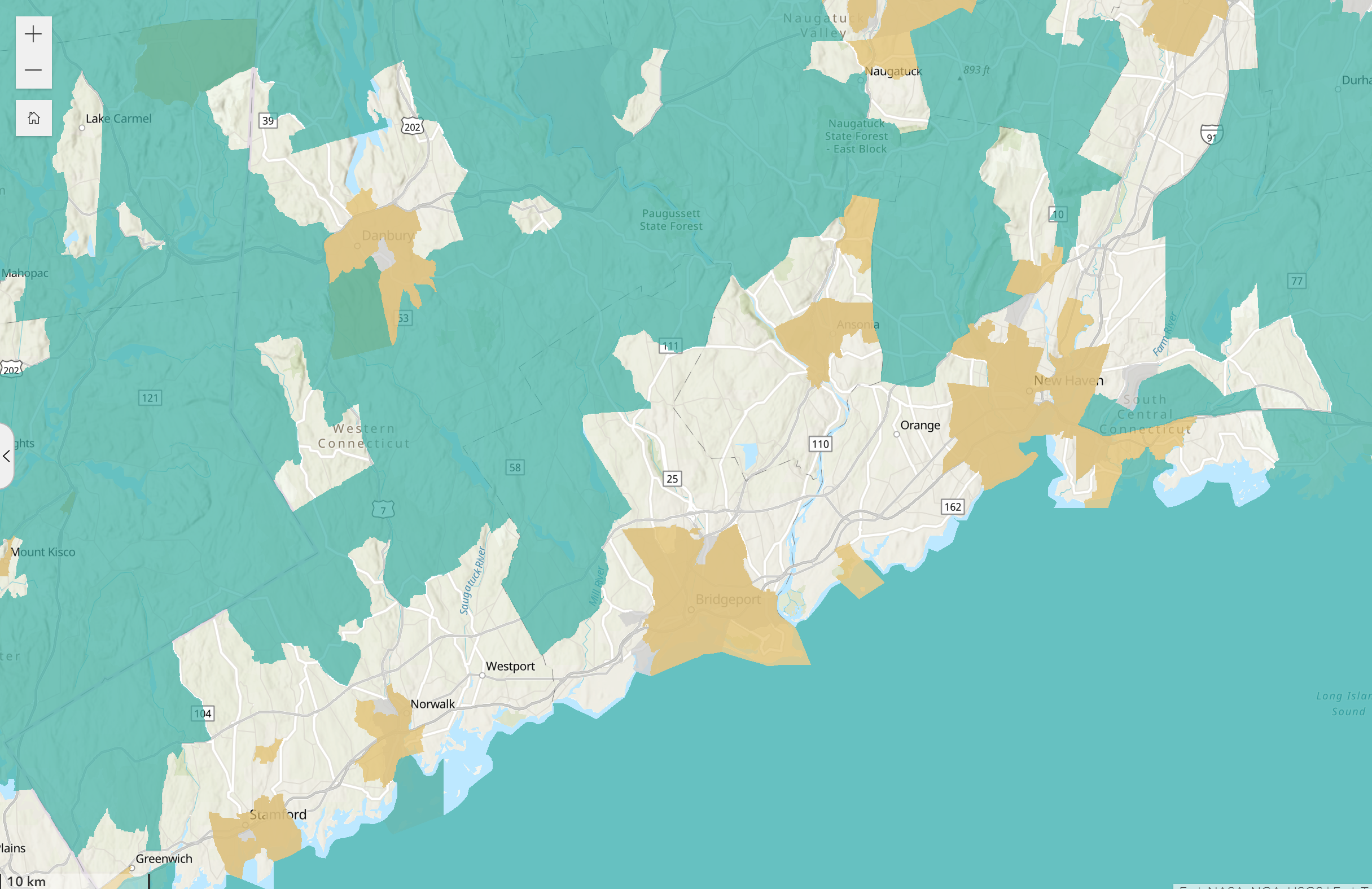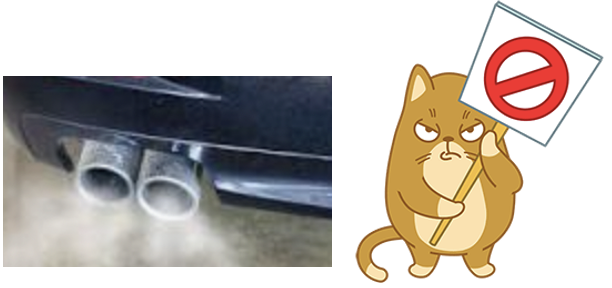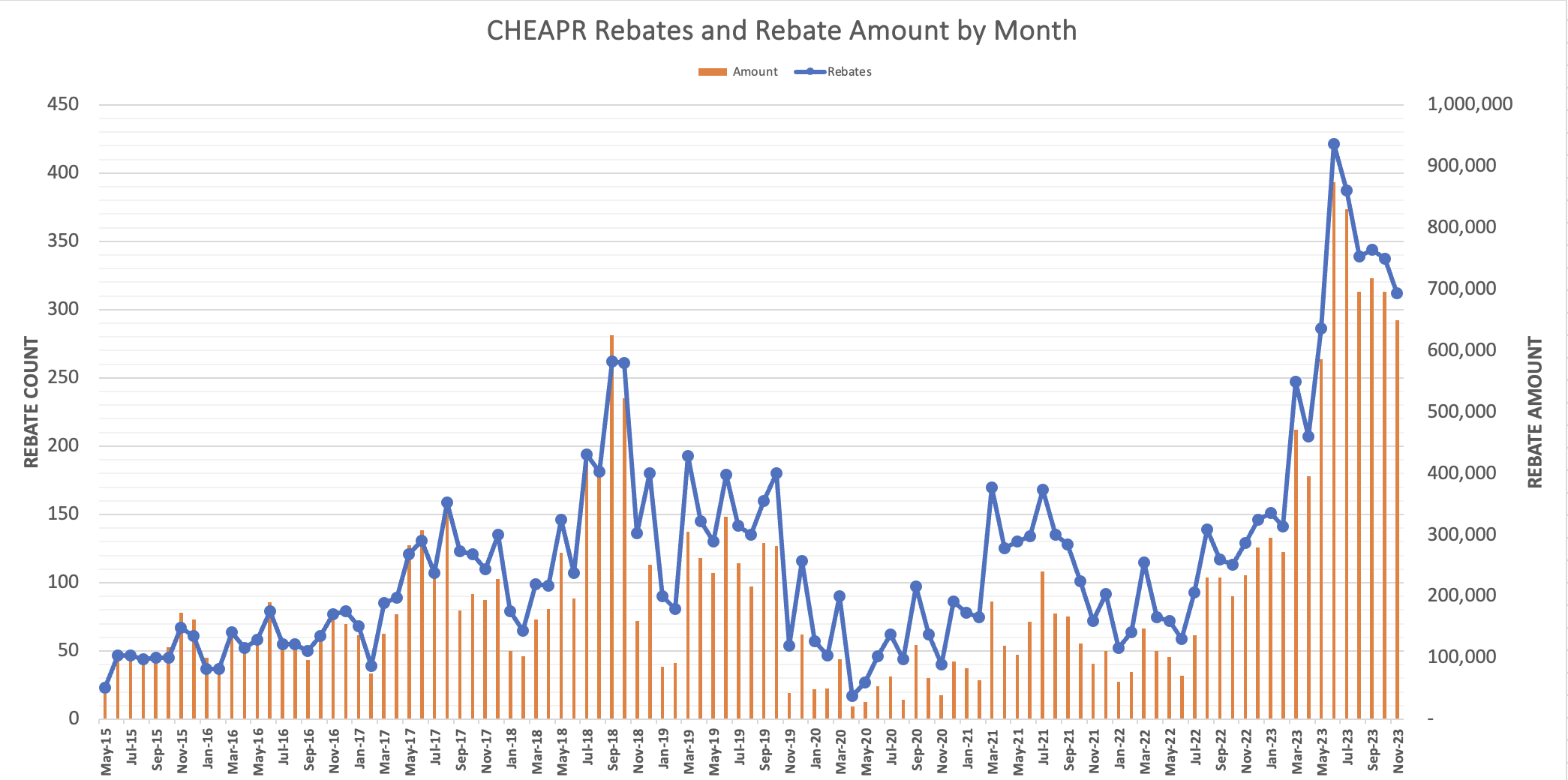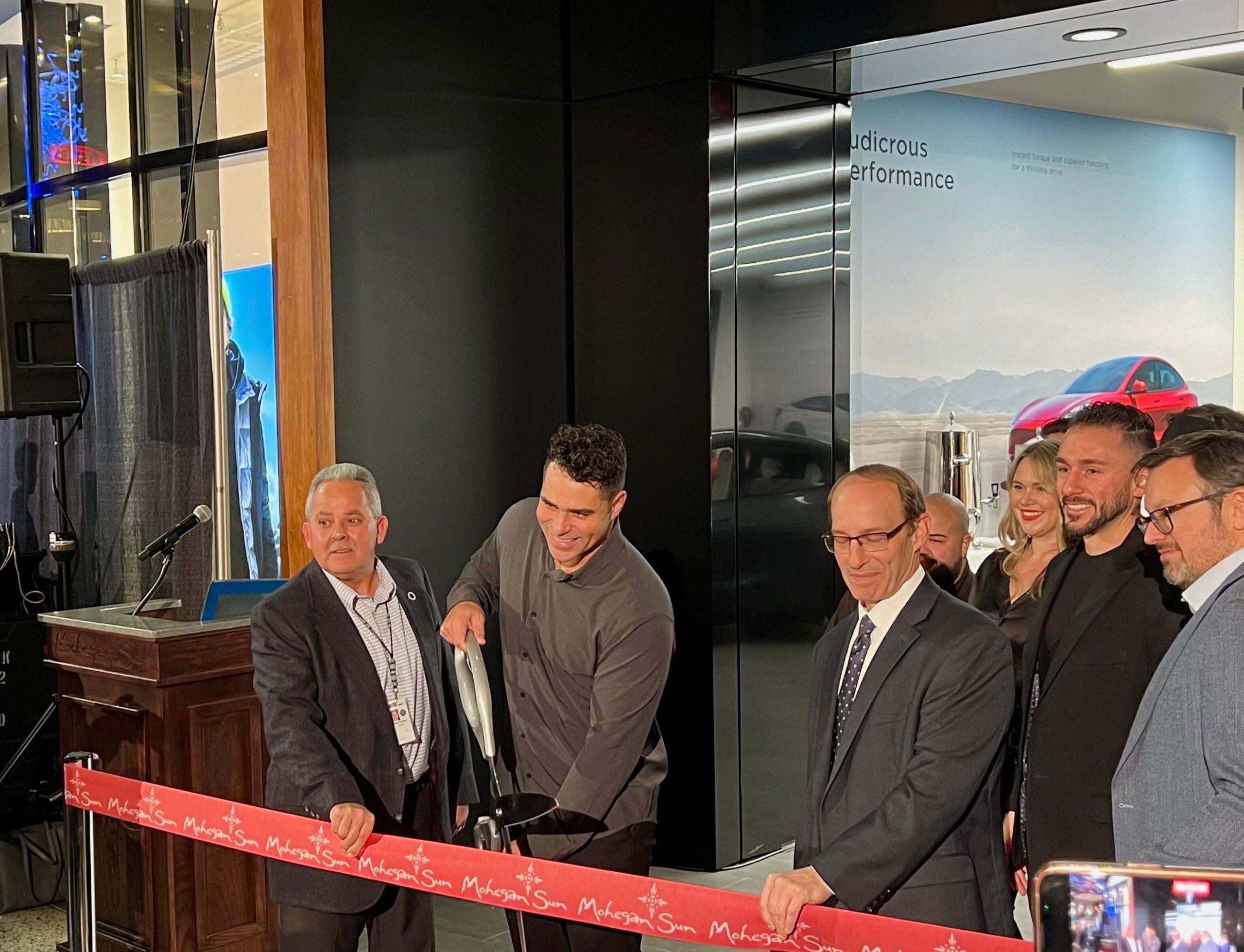CHEAPR Running Hot and Proposed Legislative Changes
CHEAPR Program Running Hot The program has been setting records in terms of rebates awarded with each new month. January 2024 was a new high point with 708 rebates as seen in the chart at … Read more










